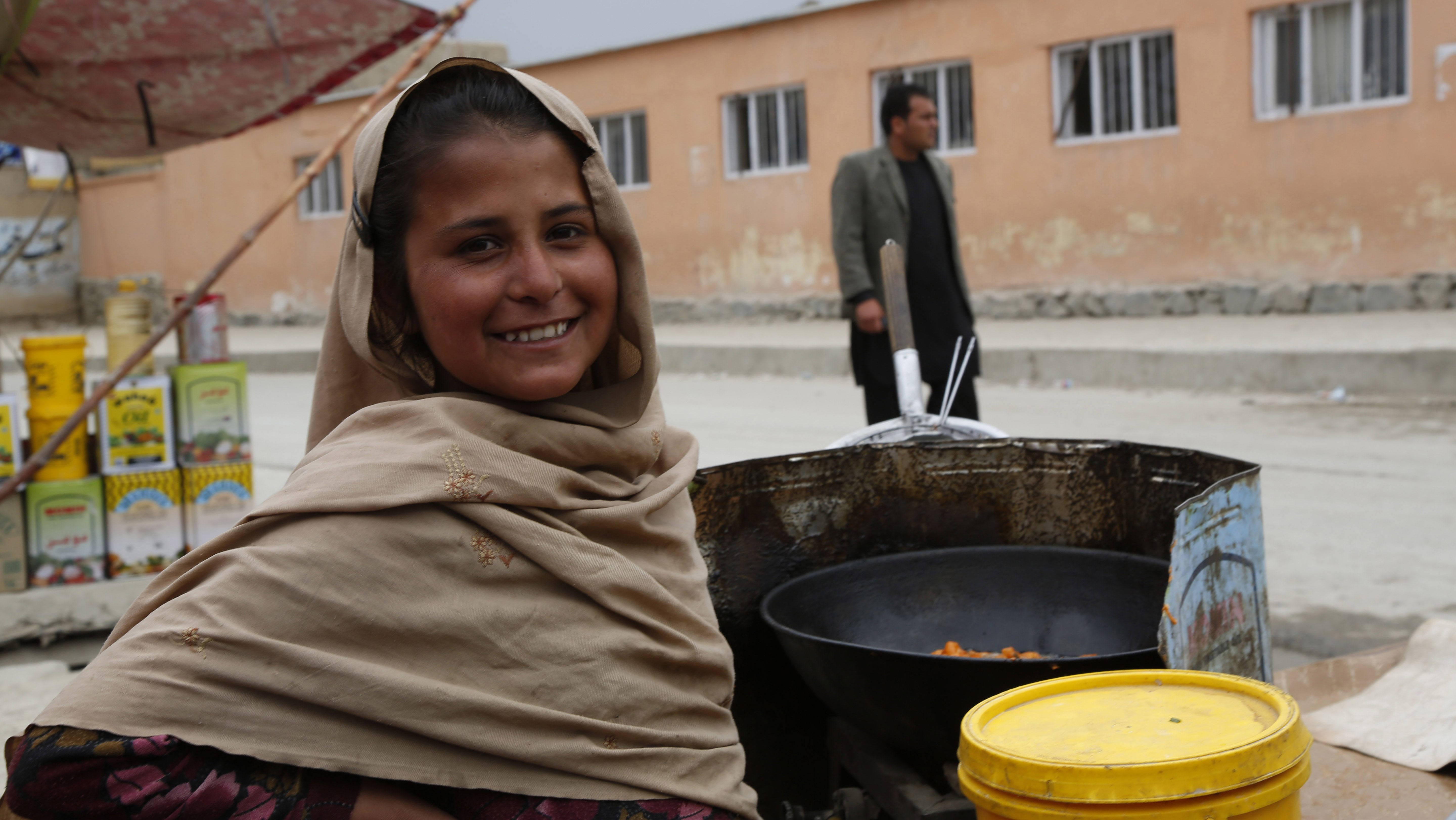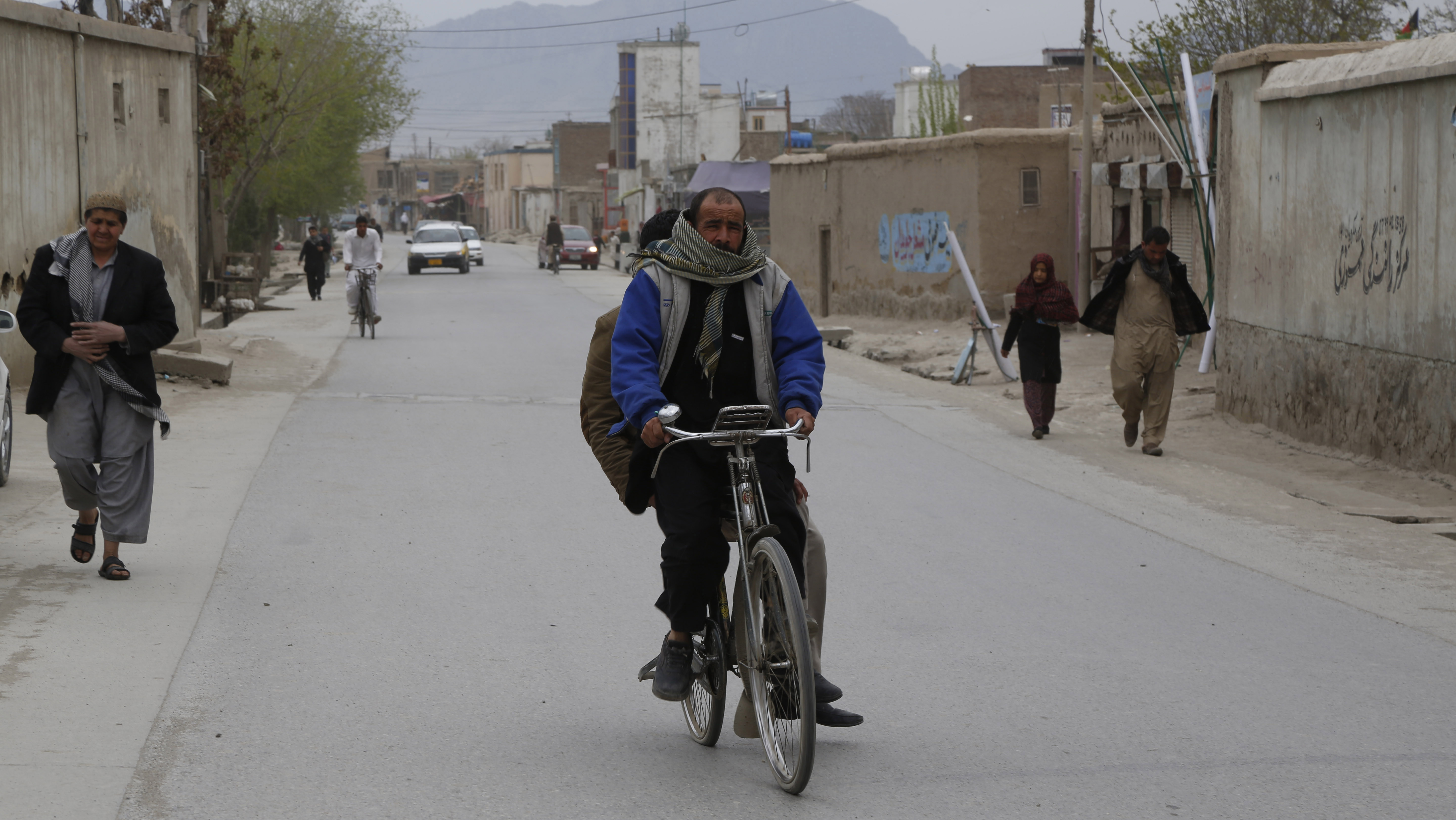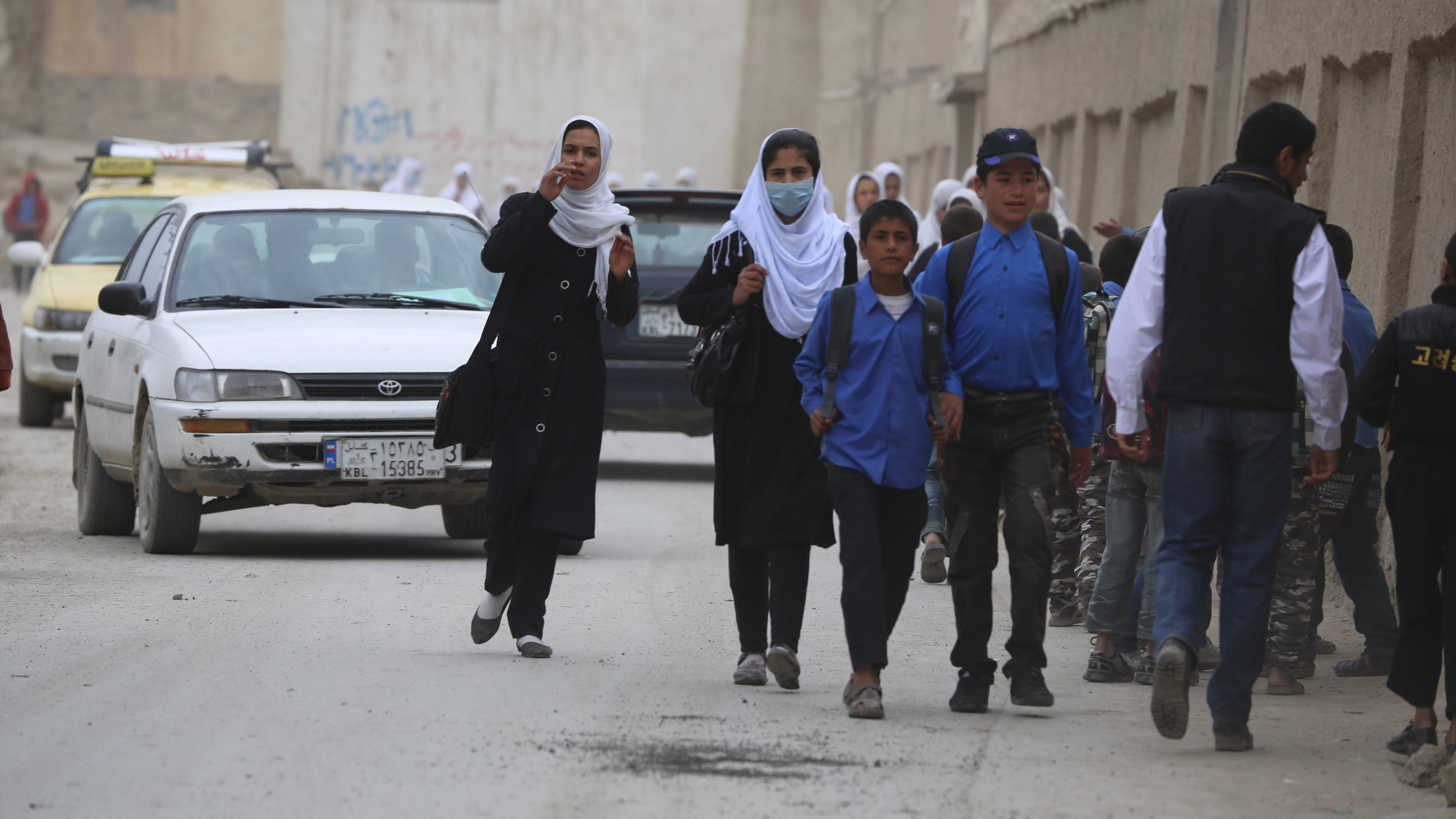KABUL CITY, Kabul Province – Standing on his store’s doorstep, Mohammad Naeem is admiring the newly asphalted road, and the shops and houses located on both sides of the street. A 50-year-old army veteran, he has lived since childhood in the Qala-e-Zaman Khan neighborhood in the southeastern part of Kabul city. The area, with its unpaved streets, is home to some 10,000 households. However, for more than a year now, Naeem has witnessed the roads being built and paved with asphalt.
“No one has worked on this road over the past 50 to 60 years in such a fundamental way. God bless the donors of this project who addressed our problem,” says Naeem.
Naeem, the eldest of a family of 10, opened a grocery store close to home 10 years ago, but the dust from the dirt road would always contaminate the food in his and other stores. “Much of our grocery would be spoiled by dust caused by fast-moving vehicles on this road before it was asphalted” he recounts.
Since the paving of the road, Naeem no longer has this problem and his income has doubled. “I used to make 4,000 to 5,000 AFN per month ($80), but now I make up to 10,000 AFN ($170) in a month,” he adds with a sense of satisfaction. The neighboring storekeepers also share his opinion that their increased profits can be attributed to the implementation of the Kabul Municipal Development Program (KMDP). The infrastructural improvements in this neighborhood are being carried out under the KMDP, a program implemented by the Kabul Municipality. With a $110 million grant from the Afghanistan Reconstruction Trust Fund (ARTF), KMDP will, among other initiatives, improve street conditions in neighborhoods such as the one in Qala-e-Zaman Khan. KMDP’s objectives are to increase access to basic municipal services in selected residential areas of Kabul city; redesign Kabul Municipality’s Financial Management System to support better service delivery; and enable early response in the event of a relevant emergency.



